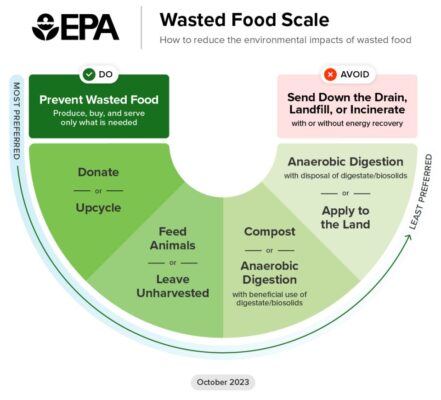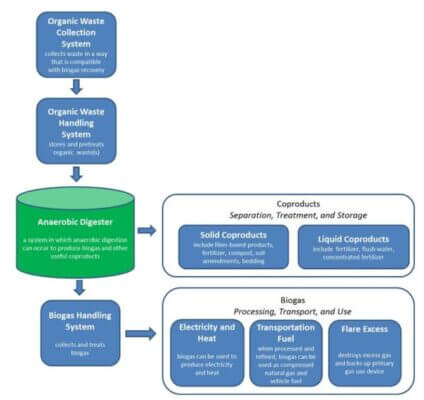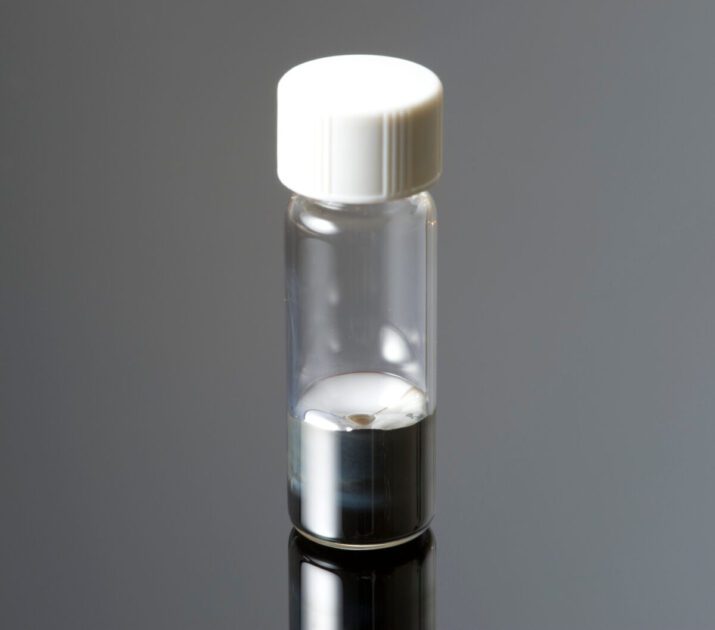Why is Wasted Food a Problem?
According to The U.S. Department of Agriculture, 30-40% of the food in America is wasted.
In 2018 alone, almost 63 million tons of food waste was generated and only 4.1% of that waste was diverted from landfills and incinerators for composting. Wasted food also represents a significant misallocation of resources. When we waste food, we are also wasting agricultural resources. For instance, wasted food ends up consuming nearly a quarter of our water supply in the form of uneaten food which equates to about $172 billion in wasted water. Add to this the time, energy, fossil fuels, chemicals, and other resources needed to grow and produce our food and the true scale of the impact of food waste becomes clearer.
This misallocation of resources is evident when we consider that although almost 40% of our food is wasted, 1 in 8 Americans are food insecure. Instead of throwing our food away, we could be using it to feed hungry people or animals. The U.S. Department of Agriculture estimates that 10.2% of American households had difficulty providing enough food for all their members due to a lack of resources in 2021.
EPA’s Wasted Food Scale
The Wasted Food Scale prioritizes actions that prevent and divert wasted food from disposal. Tiers of the scale highlight different pathways for preventing or managing wasted food, arranged in order from most preferred on the top left to least preferred on the top right. Within a given tier, pathways are ranked equally.

The most preferred pathways – prevent wasted food, donate and upcycle food – offer the most benefits to the environment and to a circular economy. These “top” pathways prioritize using food for its intended purpose: to nourish people. The least preferred pathways – landfilling, incineration, and sending food down the drain – have the largest environmental impacts and have limited potential for circularity. Learn more about the wasted food pathways on the scale.
How does wasted food affect the world?
However, wasted food is not only an issue of wasting resources and feeding hungry people. It is also an issue that affects our climate. Food waste is contributing to about 8 percent of total greenhouse gas emissions globally. All of the wasted food that ends up sitting in a landfill generates a powerful greenhouse gas, methane, which is 84 times more potent than carbon dioxide. So, by reducing wasted food, you can also begin to tackle the issue of climate change.
What is Anaerobic Digestion?
Anaerobic Digestion is a process by which organic matter, such as animal waste or wasted food, is broken down by bacteria in the absence of oxygen. This is usually done in a container called a digester. The process creates fertilizer that can be used for farming and biogas composed mostly of methane.
The biogas can be combusted to generate electricity and heat, or it can be processed into renewable natural gas and transportation fuels. According to the Environmental Protection Agency (EPA), some types of organic matter break down more easily than others. The materials that break down easier generally produce more biogas. Figure 1 below from the Environmental Protection Agency illustrates the elements of a biogas recovery system.

Figure 1: Anaerobic Digestion
Anaerobic Digestion offers a valuable and innovative way to divert waste from the landfill. An interesting example of someone who is taking advantage of this technology is Barstow’s Dairy and Bakery at Longview Farm in Hadley, Massachusetts. Their cows produce about a hundred pounds of manure per cow per day and they treat it through an anaerobic digester to generate electricity.
MFEP
The Massachusetts Farm Energy Program (MFEP), a joint project of the Center for EcoTechnology and the Massachusetts Department of Agricultural Resources, offers a range of services to the farming community to reduce energy use and produce renewable energy that focuses on bringing projects from concept to completion. If you are a farm in Massachusetts working on an energy project and are interested in working with the MFEP, you can fill out their request form for more information.
CET in the news
Also, check out our recent appearance in the PBS NewsHour episode, How these Massachusetts farmers are turning manure and food waste into power, to learn more about anaerobic digesters in Massachusetts.
More recourses
For more information on anaerobic digestion, check out our resources below:
